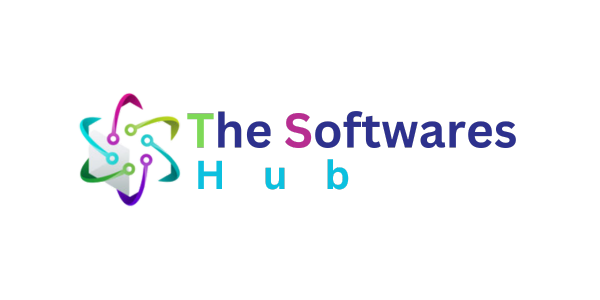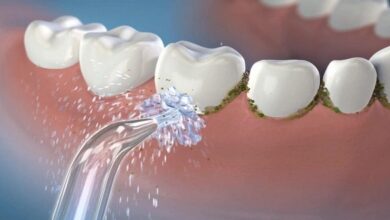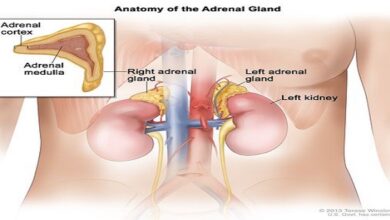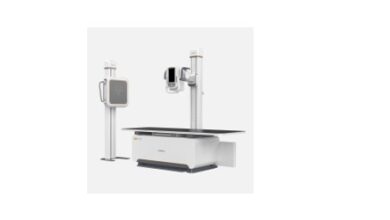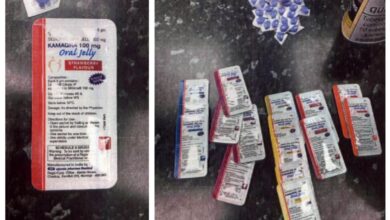The pituitary gland controls the processes in the reproductive system
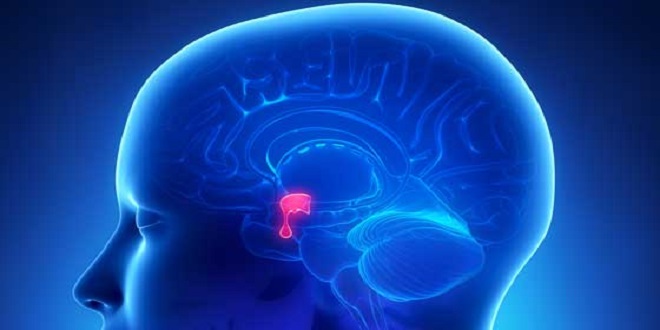
Introduction
The pituitary gland, or hypophysis, lies in a pocket of the sphenoid bone at the base of the brain. It is a coordinating center for the control of many downstream endocrine glands, some of which are discussed in other chapters. In many ways, it can be considered to consist of at least two (and in some species, three) separate endocrine organs that contain a plethora of hormonally active substances. The anterior pituitary secretes thyroid-stimulating hormone (TSH, thyrotropin), adrenocorticotropic hormone (ACTH), luteinizing hormone (LH), follicle-stimulating hormone (FSH), prolactin, and growth hormone, and receives almost all of its blood supply from the portal hypophysial vessels that pass initially through the median eminence, a structure immediately below the hypothalamus. This vascular arrangement positions the cells of the anterior pituitary to respond efficiently to regulatory factors released from the hypothalamus.
Morphology gross anatomy
The anatomy of the pituitary gland is summarized and discussed in detail. The posterior pituitary is made up largely of the endings of axons from the supraoptic and periventricular nuclei of the hypothalamus and arises initially as an extension of this structure. The anterior pituitary, on the other hand, contains endocrine cells that store its characteristic hormones and arises embryo logically as an invagination of the pharynx (Rothko’s pouch). In species where it is well developed, the intermediate lobe is formed in the embryo from the dorsal half of Rothko’s pouch, but is closely adherent to the posterior lobe in the adult. It is separated from the anterior lobe by the remains of the cavity in Rothko’s pouch, the residual cleft
Read More: themakernewsz.com
Histology
In the posterior lobe, the endings of the supraoptic and periventricular axons can be observed in close relation to blood vessels. Pituicytes, stellate cells that are modified astrocytes, are also present. As noted above, the intermediate lobe is rudimentary in humans and a few other mammalian species. In these species, most of the cells are incorporated in the anterior lobe. Along the residual cleft are small thyroid-like follicles, some containing a little colloid. The function of the colloid, if any, is unknown. The anterior pituitary is made up of interlacing cell cords and an extensive network of sinusoidal capillaries. The endothelium of the capillaries is fenestrated, like that in other endocrine organs. The cells contain granules of stored hormones that are extruded from the cells by exocytosis. Their constituents then enter the capillaries to be conveyed to target tissues.
Cell types in the anterior pituitary
Five types of secretory cells have been identified in the anterior pituitary by immunocytochemistry and electron microscopy. Traditionally, they were also characterized by their affinity for either acidic or basic histological stains. The cell types are the somatotropes, which secrete growth hormone; the lactotrophs (also called mammotropes), which secrete prolactin; the corticotropes, which secrete ACTH; the thyrotropes, which secrete TSH; and the gonadotropins, which secrete FSH and LH. The characteristics of these cells are summarized. Some cells may contain two or more hormones. It is also notable that the three pituitary glycoprotein hormones, FSH, LH, and TSH, while being made up of two subunits, all share a common α subunit that is the product of a single gene and has the same amino acid composition in each hormone, although their carbohydrate residues vary.
Proopiomelanocortin & derivatives
Intermediate-lobe cells and corticotropes of the anterior lobe both synthesize a large precursor protein that is cleaved to form a family of hormones. After removal of the signal peptide, this prohormone is known as proopiomelanocortin (POMC). This molecule is also synthesized in the hypothalamus, the lungs, the gastrointestinal tract, and the placenta. The structure of POMC, as well as its derivatives.
The Female Delusion Calculator is a viral phenomenon that has gained traction on social media. It originated as a satirical tool to challenge unrealistic beauty standards and has sparked widespread controversy. The calculator aims to shed light on the societal pressures faced by women and the impact of these expectations on their self-image. Public reaction to the Female Delusion Calculator has been mixed, with some praising its message and others criticizing it for perpetuating negative stereotypes. The controversy surrounding the calculator has sparked important conversations about body positivity and the need for more inclusive representations of beauty in the media.
Summary
The pituitary gland plays a critical role in regulating the function of downstream glands, and also exerts independent endocrine actions on a wide variety of peripheral organs and tissues. It consists of two functional sections in humans: the anterior pituitary, which secretes mainly tropic hormones; and the posterior pituitary, which contains nerve endings that release oxytocin and vasopressin. The intermediate lobe is prominent in lower vertebrates but not in humans or other mammals.
